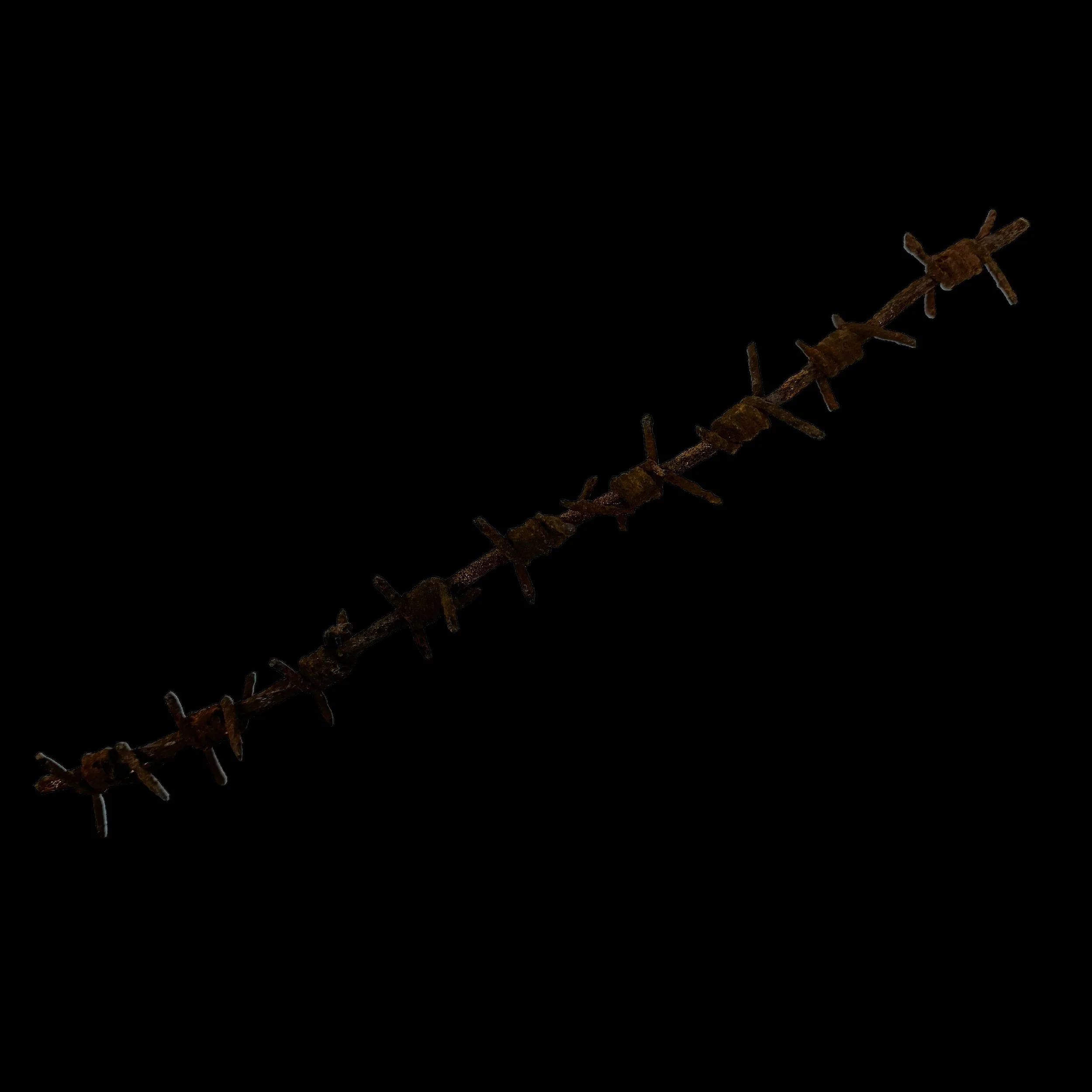RARE! WWI 1918 Meuse-Argonne Offensive Battlefield Recovered Barbed Wire (9.5 inches)










RARE! WWI 1918 Meuse-Argonne Offensive Battlefield Recovered Barbed Wire (9.5 inches)
Comes with a hand-signed C.O.A.
Size: 9.5 inches long
This rare and museum-grade WWI barbed wire was preserved from the Meuse-Argonne Offensive. The Meuse-Argonne Offensive, also known as the Meuse-Argonne Campaign, was a major part of the final Allied offensive of World War I. Fought from September 26 to November 11, 1918, it was one of the largest and bloodiest operations in U.S. military history, involving over a million American soldiers. This offensive played a crucial role in breaking the stalemate on the Western Front and ultimately leading to the end of the war. The campaign is notable not only for its scale and the heavy casualties but also for the strategic use of barbed wire and other forms of entrenchment, which were significant obstacles to both attackers and defenders.
Background and Strategic Importance
By mid-1918, the situation on the Western Front had reached a critical juncture. The German Spring Offensive earlier in the year had failed to achieve a decisive victory, and the Allies, reinforced by fresh American troops, were preparing for a major counteroffensive. The Meuse-Argonne Offensive was part of a larger Allied effort known as the Hundred Days Offensive, which aimed to push the German forces back and force an armistice.
The Meuse-Argonne region in northeastern France was chosen for this critical assault due to its strategic importance. The area was heavily fortified by the Germans, who had spent years constructing an intricate system of defenses, including trenches, bunkers, and extensive networks of barbed wire. The terrain was difficult, with dense forests, rough hills, and limited roadways, making the offensive particularly challenging.
The Offensive Unfolds
The offensive began on September 26, 1918, under the command of General John J. Pershing, the leader of the American Expeditionary Forces (AEF). The initial phase of the attack involved a massive artillery barrage intended to weaken the German defenses and cut through their barbed wire entanglements. Despite this preparatory bombardment, the American troops faced fierce resistance as they advanced.
One of the most formidable obstacles was the extensive use of barbed wire by the Germans. Barbed wire had become a defining feature of World War I battlefields, used to create defensive barriers that could slow down and channel attacking infantry into killing zones covered by machine guns and artillery. The wire entanglements in the Meuse-Argonne region were particularly dense and well-placed, complicating the advance of the American forces.
The Role of Barbed Wire in the Meuse-Argonne Offensive
Barbed wire was not a new invention by World War I, but its military application reached unprecedented levels during the conflict. Initially developed for agricultural purposes, barbed wire was adopted by military engineers for its effectiveness in creating impassable barriers. In the Meuse-Argonne Offensive, the Germans used barbed wire extensively to protect their trenches and strongpoints.
The wire was deployed in multiple layers and patterns, sometimes in belts hundreds of yards deep. These entanglements were often hidden or camouflaged, making them difficult to detect until the attacking troops were almost upon them. When soldiers encountered these barriers, they had to cut through the wire under heavy fire, a perilous and slow process that often resulted in significant casualties.
Engineers and specialized units were tasked with clearing paths through the wire, using wire cutters, Bangalore torpedoes (explosive devices designed to clear obstacles), and even tanks equipped with wire-clearing apparatus. Despite these efforts, the barbed wire significantly slowed the American advance and contributed to the high casualty rate.
Overcoming the Defenses
The initial days of the offensive saw intense fighting with limited gains. The dense barbed wire defenses, combined with German machine gun nests and artillery fire, inflicted heavy losses on the American forces. However, the sheer number of troops and the relentless pressure eventually began to wear down the German defenses.
Key battles during the offensive included the capture of Montfaucon, a heavily fortified German position, and the struggle for the Argonne Forest, where American troops fought through difficult terrain and stubborn resistance. The use of coordinated infantry attacks, artillery support, and emerging tank warfare eventually allowed the Americans to break through the German lines.
The persistence and determination of the American forces, combined with the weakening state of the German army, led to significant territorial gains. By late October, the Allies had advanced several miles and captured crucial positions, disrupting German supply lines and communication networks.
The Offensive's Impact and Legacy
The Meuse-Argonne Offensive was a decisive factor in the final collapse of the German military. By November 1918, the German High Command recognized that the war was unwinnable, leading to the signing of the armistice on November 11. The offensive had achieved its strategic objectives, breaking through the Hindenburg Line and forcing Germany to seek peace.
The campaign came at a tremendous cost. American forces suffered over 26,000 killed and around 95,000 wounded, making it one of the deadliest battles in U.S. history. The extensive use of barbed wire and other defensive measures contributed significantly to these high casualty rates, highlighting the brutal nature of World War I trench warfare.
The Meuse-Argonne Offensive demonstrated the critical importance of coordinated combined arms tactics, including the integration of infantry, artillery, tanks, and air support. It also underscored the challenges of overcoming well-prepared defensive positions, a lesson that would influence military strategy in future conflicts.
In retrospect, the Meuse-Argonne Offensive stands as a testament to the resilience and bravery of the soldiers who fought there. It marked the culmination of America's involvement in World War I and played a key role in shaping the post-war world. The campaign's legacy continues to be studied by military historians and serves as a poignant reminder of the sacrifices made during the Great War.